Guadalajara, Mexico, early 18th century.
Measures 15.5 x 9.5 x 7cm.
The casket has a wooden carcass veneered in engraved tortoiseshell, featuring foliate scrolls, animals, trees, and geometric designs. The tortoiseshell is further adorned with silver and brass appliqués. The lid is engraved with three floral urns, the side panels depict a dog and a bird, and the reverse features a pair of trees with perched birds, along with an inscription:
“Adose días del Stries(?) de Bulio de el Año de 1726 (?),”
Roughly translated as:
“Given on the days of Stries(?) to Bulio in the year 1726 (?),”
This inscription appears to record the casket’s gifting to an individual named Bulio in 1726.
The casket remains in good condition, there are some losses to the applied decoration and minor nibbles and repairs to the tortoiseshell.
The Los Angeles County Museum of Art has a casket in its collection from the same workshop which bears the inscription on the reverse: ’Se hizo este Ba / ul, en la Ciudad de / Guadalaxara, â 3 de Abril del año de 736, / D. Ildephononsus de Zuñi / ga fecit : This chest was made in the city of Guadalajara on April 3, 1736, by Don Ildefonso de Zúñiga’.
The curators notes on this casket outlines the historic importance of these little jewel chests and provides an insight into the Zúñiga family workshop that produced them:
This intricate box that combines silver and tortoiseshell—two precious materials that abounded in the viceroyalty of New Spain—conjured the legendary wealth of the region. The silver shell motifs further hinted at mythical profusion of New World pearls. Used to store valuable items such as jewelry, its portability would have made it especially prized as a gift. (Several comparable caskets circulated across Spanish America and were shipped to Europe.) An unusual detail is the engraved inscription on the back indicating its origin, maker, and date of manufacture: “This chest was made in the city of Guadalajara on April 3, 1736, by Don Ildefonso de Zúñiga” (Se hizo este Ba / ul, en la Ciudad de / Guadalaxara, â 3 de Abril del año de 736, / D. Ildephononsus de Zuñi / ga fecit). This notable detail points to a pride in craft, and helps correlate this kind of box with a family of artists that appears to have been active in multiple centers across the viceroyalty. For example, two comparable boxes in private collections in Spain are signed and dated in Guatemala by other makers with the same surname—Blas Antonio Pérez de Zúñiga, 1730, and Clemente Pérez de Zúñiga, 1736. (See María Jesús Sanz Serrano, ed., La orfebrería hispanoamericana en Andalucía occidental, exh. cat., Seville: Fundación El Monte, 1995, pp. 152–53; El país del quetzal: Guatemala maya e hispana, exh. cat, Madrid: Centro Cultural de la Villa, Sociedad Estatal para la Acción Cultural Exterior, 2002, cat. no. 315.)
Ilona Katzew, 2022
https://collections.lacma.org/node/2297547
Christie’s, Amsterdam sold a casket signed by Blas Antonio Pérez de Zúñiga in their 20th Dec 2007 auction of European Furniture, Clocks, Sculpture and Works of Art, Lot 347.
https://www.christies.com/en/lot/lot-5027227
An example from the same workshop was published by Finch & Co in their Winter 2017 catalogue, item no. 44, it bears an inscription on the reverse which reads ‘Se Hizo en la mui Noble y Leal Ciudad de Guadalaxara Nuevo Reyno dela Galicia : Made in the very Noble and Loyal City of Guadalajara the New Kingdom of Galicia’.




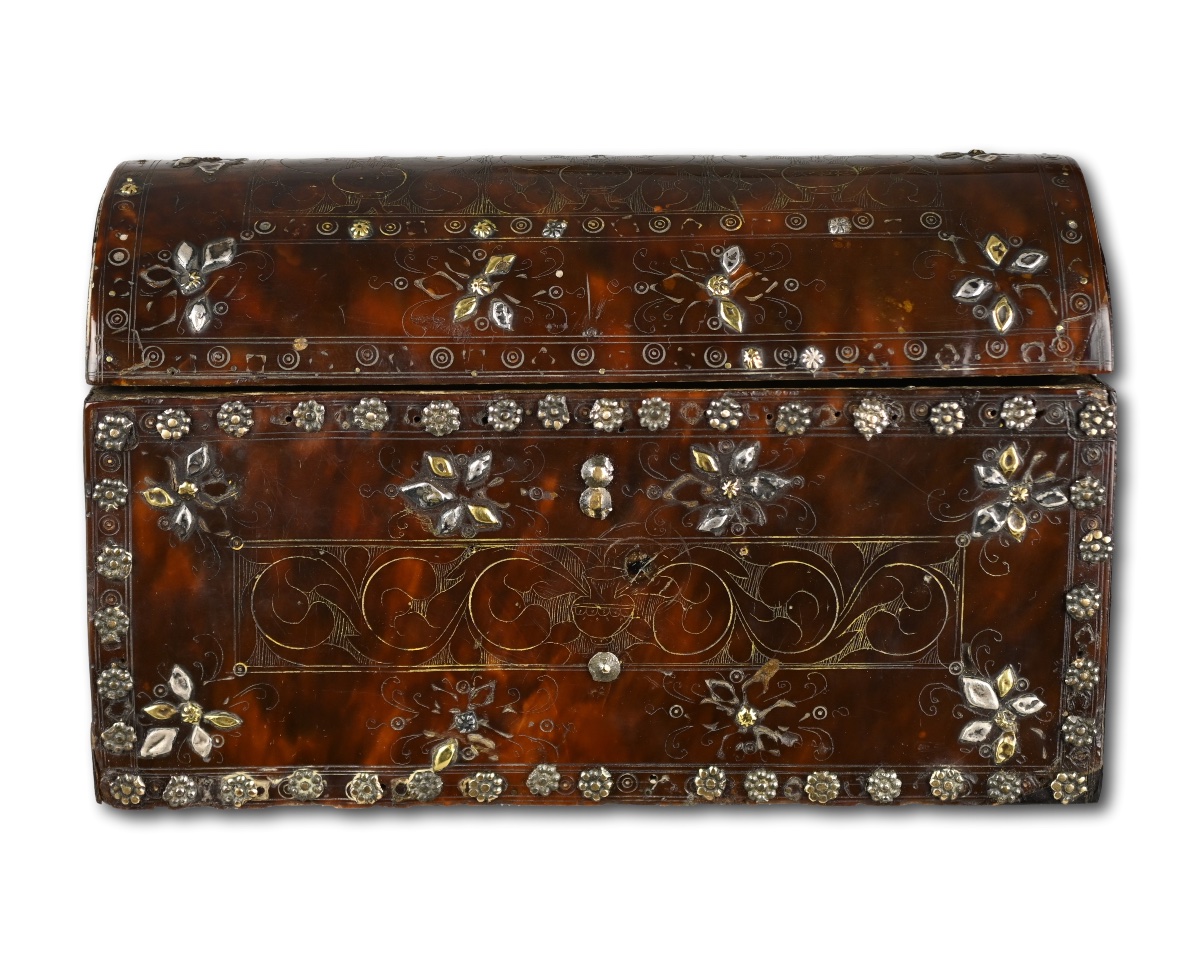



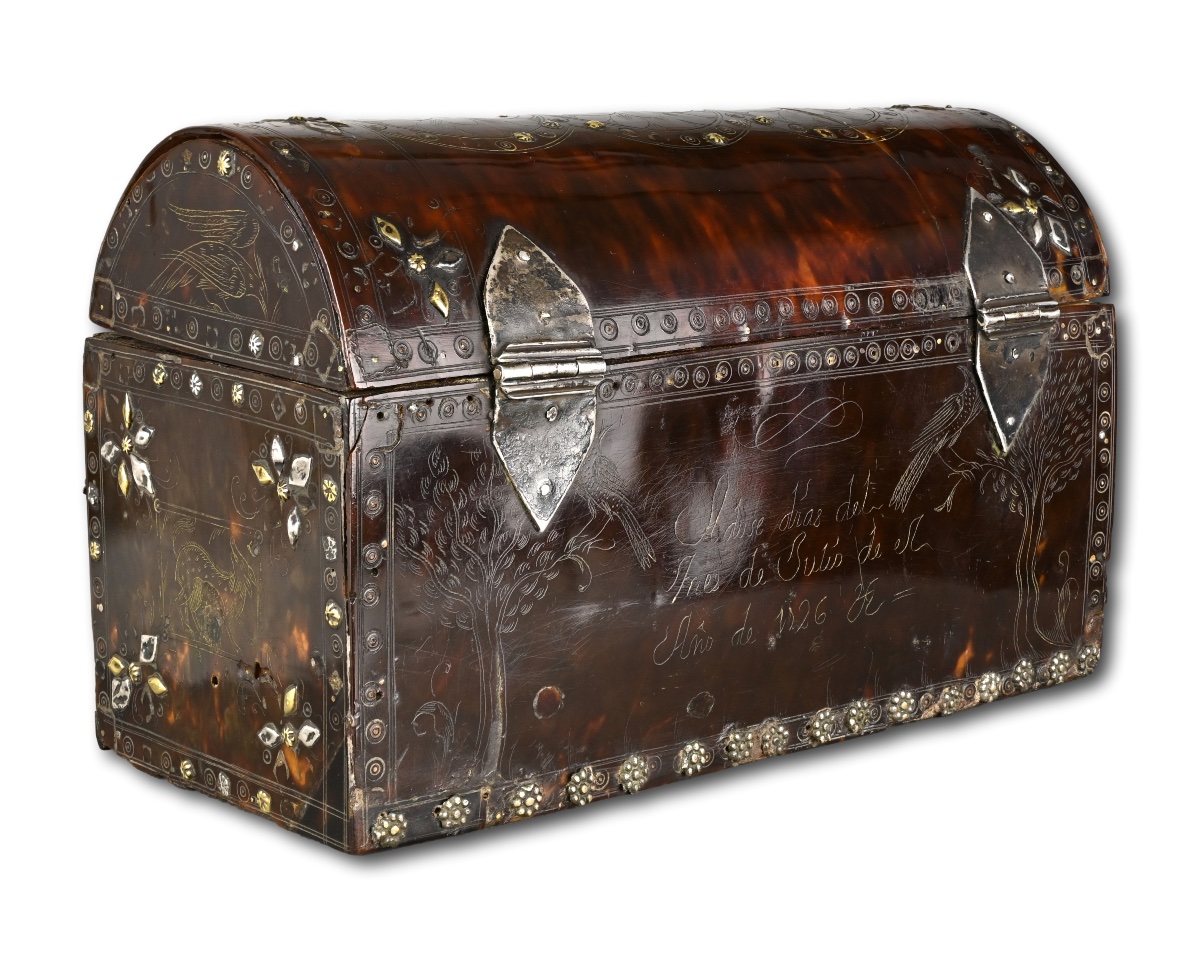




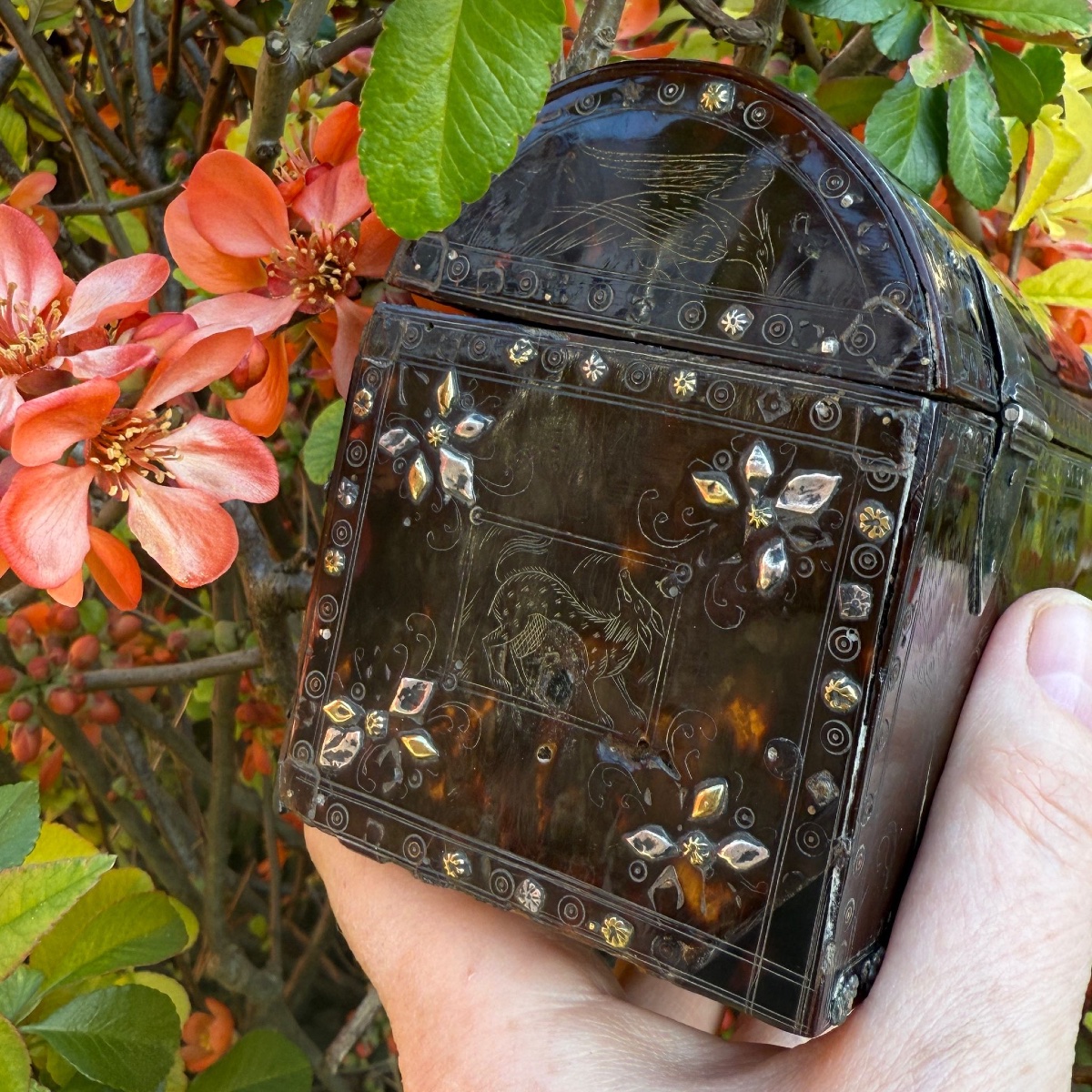
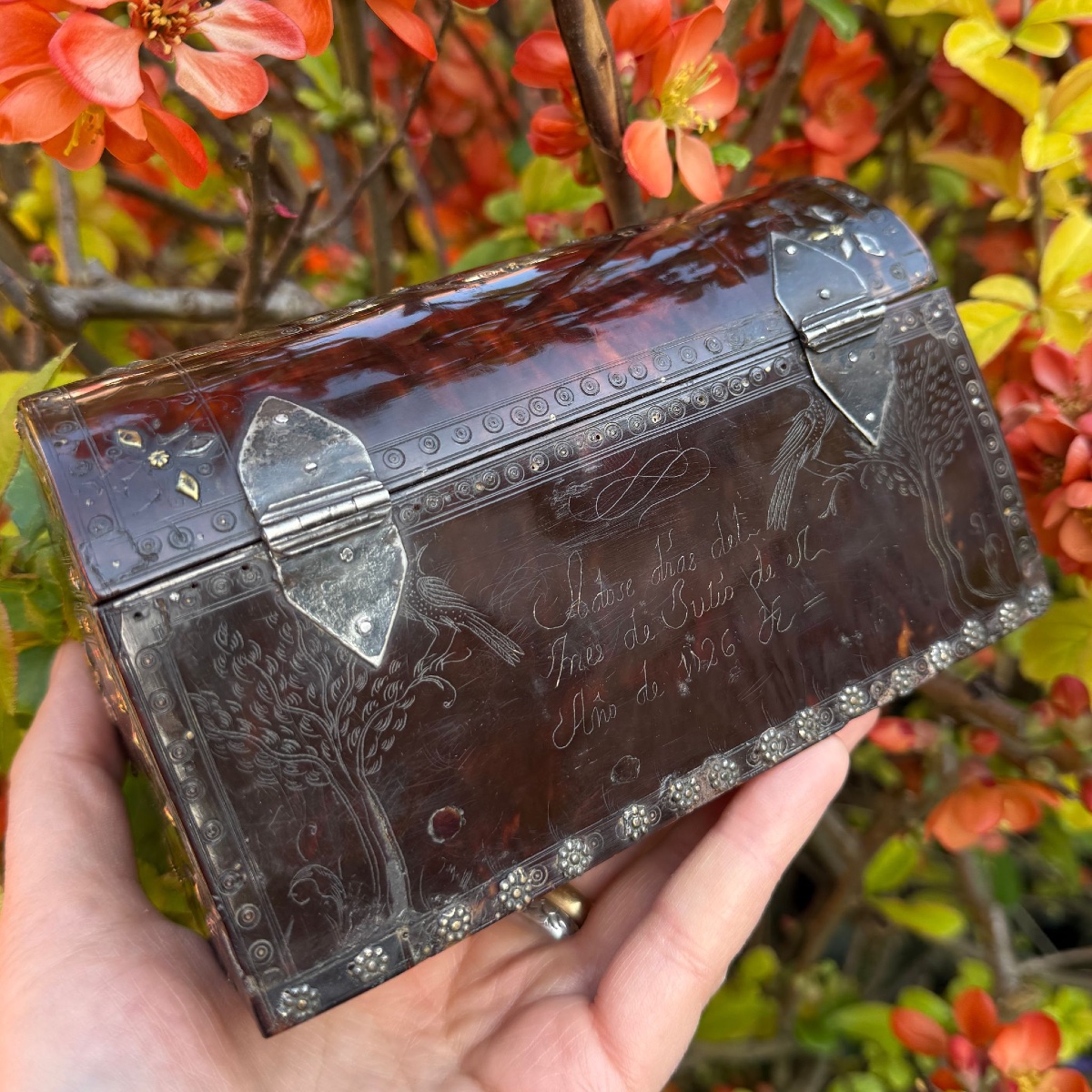







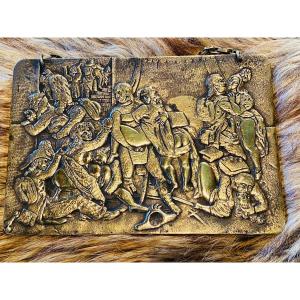







 Le Magazine de PROANTIC
Le Magazine de PROANTIC TRÉSORS Magazine
TRÉSORS Magazine Rivista Artiquariato
Rivista Artiquariato
